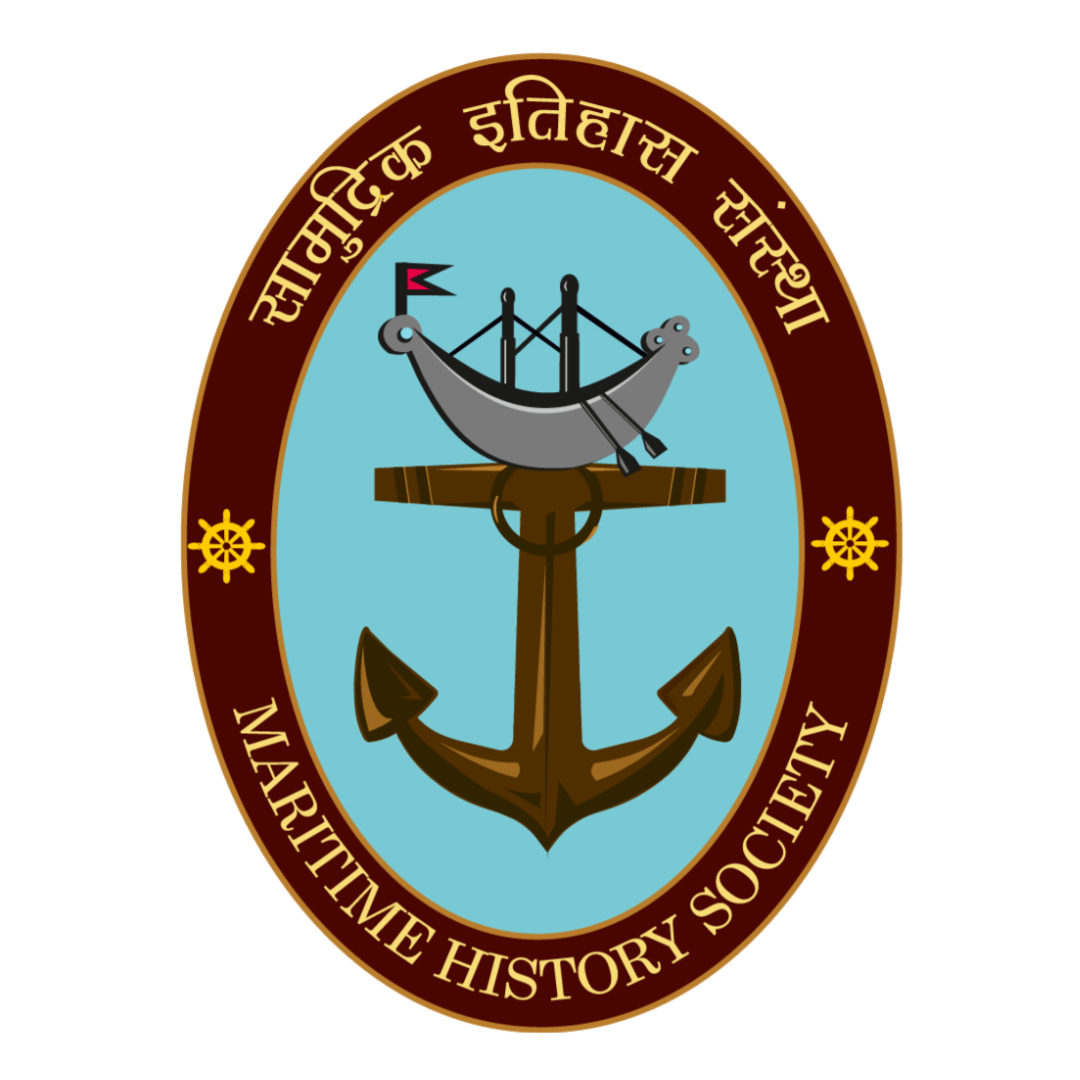Figure 1 A Harappan seal depicting a reed boat coupled with oars. The presence of avian figures alludes to the historic disa-kaka used by seafarers in long distance travel. Source: Harappa.com
India has a long tradition of indigenous seafaring which is well attested from the late chalcolithic period to the late medieval period. Seafaring in India was a continuing practice contrary to the edicts of the Manusmriti That prohibited the crossing of seas especially those by Brahmins. Seafarers became the conduit through which Indian culture and religious traditions seeped into territories beyond the frontiers. In this article, we shall broadly speak of seafaring traditions from the earliest period up until the late medieval.
Some of the earliest seafaring people in the recorded history of the Indian subcontinent were the Harappans. The Harappans were noted to have constructed large citadels with well laid urban settlements unparalleled in the ancient world. But the discovery of Lothal and Dolavira unraveled a different dimension of this chalcolithic culture. The excavation of a dry dock at Lothal and a fortified island city of Dholavira put the Harappans on the ancient maritime map. Both Lothal and Dholavira were among the Harappan coastal settlements which were major nodal points associated with the coastal navigation undertaken by the Harappan seafarers. These cities produced drilled beads especially carnelian which are endemic to the Gujarat region and were in great demand in the Mesopotamian markets.
The Harappan seafarers who inhabited the outlier areas/ coastal areas of the Harappan cultural expanse used the coasting method of navigation to sail in the waters of the Makran coast and Persian Gulf area. The voyages were undertaken with the help of a canoe-like boat made from reeds, bound together to give buoyancy. The boats were often fitted with a mast from which a primitive sail were fixed to provide propulsion. In addition to the sails paddles were used to propel the boat as shown in the Harappan steatite seals. In one conspicuous depiction of the Harappan boat, two crow-like birds are shown perched on the prow of the boat. These birds are the famed disa kaka or direction crows used by sailors in mid sea to locate land when found lost at sea. The disa kaka is also a prominent theme in the Baveru Jataka which is consigned to the later Buddhist period in India.
Besides the Harappan archaeological finds of proto historic seafaring in the Indian subcontinent. We have numerous references of maritime voyages in the late Chalcolithic rig vedic corpus. The hymns dedicated to the Ashvins mentions a marine voyage undertaken by Prince Bhujyu to defeat his foes across the seas. In this expedition, his ship was destroyed in a storm mid sea from which he was later saved by seafarers who used a ship with a hundred oars. This account of the rig veda is one of the earliest mentions of oceanic voyage and seafaring in the vedic corpus, which is also the oldest literary corpus of the Indian subcontinent.
In the Buddhist canon there are several depictions of seafarers. In these stories, the seafarers who are at times situated on the coast and at rare times in the hinterland are portrayed as adventurous as in the Samudda vanija jataka, at times ambitious as in the mahajanaka jataka and at times knowledgeable as in the soparaka jataka. The sea routes that they sailed through are also well attested in history for example the route to Baveru, the ancient Babylon was well known to the Harappan seafarers. The eastern route to Suvarnabhumi, the insular nations of southeast Asia were also accessible many centuries before the common era. Seafaring in ancient India was an occupation ridden with risks and the fear of being lost at sea is echoed in the iconography of Ashtamahabhaya Avalokiteshvara in the rock cut caves of western India. The Bodhisattva Avalokiteshvara was invoked by seafarers in time of perils and the safety of their voyages.
Indigenous seafaring continued even in the early medieval period. The Indian coast was brimming with maritime activity from Somanatha in the west to Tamralipti in the east. The pepper trade, still being a profitable venture, attracted foreign seafarers to the Malabar coast. Malabar then was the only pepper producing centre in the world. Thus monopolizing the market of this valuable commodity. While native seafarers took a backseat on the Malabar coast the seafarers of Gujarat and the Cholamandalam coast played an important role in the overseas trade. Trade guilds also called as shrenis operated in a wide network in the Indian ocean rim region and places as far as Quanzhou on the South China sea coast. These guilds connected the Indian hinterland with the global market even before the advent of globalization. The most prominent of these guilds was the Aihole five hundred also called the Ainnurruvar. The Ainnuruvar was a guild of merchants incorporated in the city of Aihole, Karnataka by a collective of five hundred brahmins, which over time admitted persons of other castes to form a cosmopolitan group of seafaring merchants. Interestingly, the guilds activity was more intense in the Tamil speaking region than in the homeland of the Deccan.
From this account we can note that the Indians have been seafaring in every eon till the present. They even disobeyed the dictum of Manu to reap the prosperity that overseas trade brought in term of commodities and revenue.
Refrences:-
- A Concise History of South India: Issues and Interpretations. India: Oxford University Press, 2014.
- Nagapattinam to Suvarnadwipa: Reflections on the Chola Naval Expeditions to Southeast Asia. Singapore: Institute of Southeast Asian Studies, 2009.
- Ṛgveda, 1st Maṇḍala, 17th Anuvāka, 116th Sūkta.
- Stein, Burton. A History of India. Germany: Wiley, 2010.



0 Comments